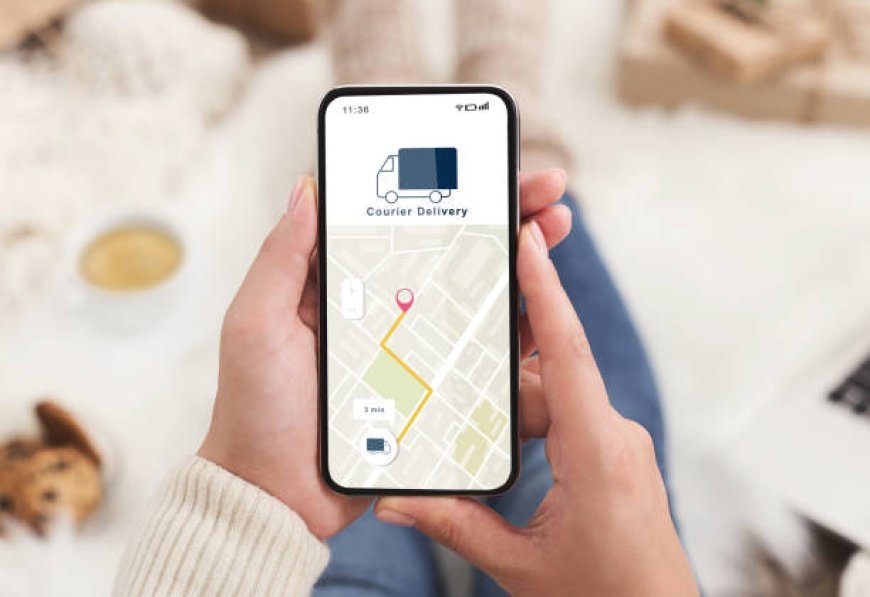Mobile Trace: How Our Devices Tell Stories Without Speaking
In a hyper-connected world, the smartphones we carry are more than tools—they are silent narrators of our daily lives. With every tap, swipe, and ping, our mobile devices trace footprints that can reveal where we've been, who we've talked to, what we've searched, and even what we might do next. Welcome to the fascinating and often misunderstood world of mobile tracing.
In a hyper-connected world, the smartphones we carry are more than tools—they are silent narrators of our daily lives. With every tap, swipe, and ping, our mobile devices trace footprints that can reveal where we've been, who we've talked to, what we've searched, and even what we might do next. Welcome to the fascinating and often misunderstood world of mobile tracing.
What Is Mobile Tracing?
Mobile tracing refers to the process of tracking the location, usage, and movement patterns of a mobile device. This can be done through various means such as GPS, cell tower triangulation, Wi-Fi signals, Bluetooth beacons, and software-based tracking applications. While mobile tracing is often associated with surveillance or security, it has a range of legitimate and beneficial applications—from lost phone recovery to pandemic contact tracing.
How Mobile Tracing Works
-
GPS (Global Positioning System): The most direct form of location tracking. GPS-enabled devices communicate with satellites to pinpoint exact locations with high accuracy.
-
Cell Tower Triangulation: Even if GPS is off, a mobile phone still connects to nearby cell towers. By measuring the strength and angle of signals to multiple towers, location can be roughly estimated.
-
Wi-Fi and Bluetooth: When GPS is unavailable (like indoors), Wi-Fi signals and Bluetooth beacons can help determine a device’s position. Retailers often use this to analyze customer movement in stores.
-
App-Based Tracking: Many apps request location access. These can log and transmit your movements, sometimes even when the app is not actively being used.
-
SIM and IMEI Tracking: Law enforcement agencies often use SIM card numbers and IMEI (International Mobile Equipment Identity) to trace stolen phones or monitor suspects.
Applications of Mobile Tracing
-
Emergency Services: First responders can locate individuals in distress using their device’s last known location.
-
Parental Control & Safety: Parents use tracing apps to monitor their children’s whereabouts in real-time.
-
Public Health: During the COVID-19 pandemic, mobile tracing was vital in tracking exposure and controlling spread through digital contact tracing.
-
Fleet Management & Logistics: Companies use mobile tracking to manage routes, deliveries, and driver behavior efficiently.
-
Cybersecurity & Forensics: Investigators use mobile traces to reconstruct timelines and digital behavior during cybercrime investigations.
Privacy Concerns and Ethical Questions
With great power comes great responsibility. The benefits of mobile tracing are undeniable, but they also raise critical ethical and legal questions:
-
Who owns the data? Often, users are unaware of how much of their location data is being collected and sold.
-
Consent and Transparency: Many apps hide location permissions in fine print, leading to uninformed consent.
-
Surveillance vs. Safety: Governments and corporations walk a fine line between legitimate use and intrusive monitoring.
Protecting Yourself: Tips for Users
-
Review App Permissions: Only allow location access to apps that truly need it.
-
Turn Off GPS When Not Needed: Especially in unfamiliar or unsecured areas.
-
Use a VPN: This won’t hide your location completely but adds an extra layer of anonymity.
-
Regularly Audit Device Settings: Modern smartphones offer dashboards that show which apps access your location and how often.
The Future of Mobile Tracing
The evolution of mobile tracing is closely tied to AI, machine learning, and IoT (Internet of Things). As devices become more interconnected, tracing will move from reactive (where was this phone?) to predictive (where is it likely to go?). This shift could revolutionize industries—from traffic management to personal health forecasting—but only if balanced with strong data ethics and user empowerment.
Conclusion
Your phone is always listening—but more than that, it’s always remembering. Mobile tracing is not inherently good or bad—it’s a tool. Like any tool, its impact depends on who uses it and for what purpose. Understanding how it works is the first step in wielding that power wisely.
What's Your Reaction?








